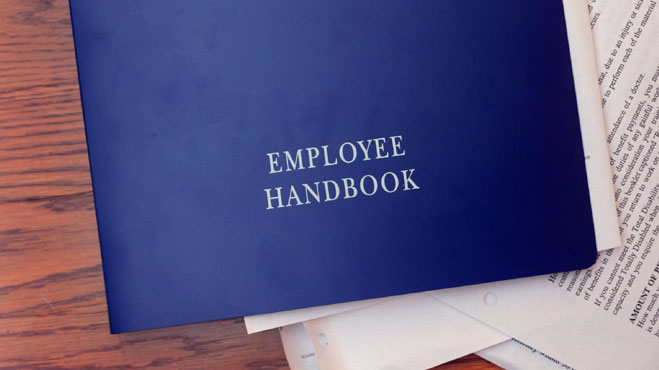
7 Mistakes to Avoid when using Social Media for Recruitment
When looking for the perfect candidate to fill a position, it is hard to ignore social media as a recruitment tool. After all, there is a good chance your future candidates are on one social media platform or another, and with photos, videos and other great communication tools, social media offers a wide range of ways to connect with them.
Here are seven mistakes to avoid when using social media for recruitment.
1. Not starting with a clear recruitment strategy
All social media recruitment campaigns should have a clear goal in mind before they are even launched. Maybe you want to push a few job positions that just opened up, or maybe you want to promote a certain department in your small business. Whatever the goal, make sure it is always at the forefront of your campaign.
It is easy to get lost and turned around on social media, even with a clear goal in mind, so plan out strategies and posts before you get going. Decide how you will use certain social media platforms and which ones will work best for your purposes. Twitter and Facebook can be great recruitment tools, but if you do not have time to constantly update and respond to users, they might not be as effective as you would like. For small businesses with small budgets, Instagram invites followers into your world through photographs, and their accounts are free.
2. Not using automation
In the past, job postings had to be manually posted to social media accounts and job board websites, but with automation, the work can be done immediately.
By setting up an RSS feed or similar, you can automatically post hundreds of new jobs to your social media sites every day and direct responders to your career site. Once there, applicants should be able to easily connect with your social media accounts so they can follow any updates.
Now that this is being done automatically, your in-house recruiter will have more free time to respond to inquiries and filter applicants to the right departments.
3. Doing too much too quickly
One of the places social media recruitment falls flat is when recruiters try to do too much too quickly. Social media recruitment takes time and its primary use should not be to fill just one position.
Therefore, use social media to slowly introduce potential new recruits to your company and show them the many cool departments they could be working for. This process builds trust between connections and gets candidates excited about working for your company.

Start the recruitment process long before you have to do some serious recruiting. Give yourself time to post so it does not look like your company popped up overnight. Post photos of your office or live tweet an event or trade show your company is going to. Update your followers on major changes in your company, such as a new location, and celebrate any positive press you receive by sharing articles and blogs about your company.
4. Posting non-relevant content
When social media recruiters fail to strategise or target a certain demographic, the result is a generic message. Non-relevant content may confuse new applicants who started following you after visiting your career site, and they might rethink about wanting to work for your company.
Avoid posting just anything on your social media accounts. Keep all posts within a few topics that are of most interest for your audience. You might post a photo of your company’s booth at an industry event or an article about marketing at events to promote the good work your marketing department does.
5. Ignoring the next generation
In the past, most companies participated in career expos and scheduled recruitment visits in order to attract new talent to their companies, but now there might be a better way to reach Generation Y.
These young persons and university graduates are your future. They will be your project managers and supervisors one day, and their ideas will help grow your company with the changing times. These young professionals are usually the savviest social media networking pros so bring your A-game when recruiting them.
Provide easy links to navigate them from one page to the next and, if possible, message them personally through LinkedIn. Create campaigns that focus on how to get a good job in your industry and target it at Generation Y who might be looking for those jobs. Interview current Gen Ys in your company and ask for advice and create a blog series filled with useful articles.
7. Trying without learning
Social media is still a new frontier for many recruiters so if you are having trouble reaching the audience you want, it is okay to ask for help. Formal classes may be available in your area, and you can certainly find help online by reading blogs and watching social media videos. A recruitment partner can also be very helpful.
Keep track of your social media interactions, including the exact number of visitors, applicants, subscribers and hires that come through social media. Knowing which channels are working and which ones are not will help you find where your audience is hanging out. If Generation Y applicants, for example, are coming in through LinkedIn rather than Facebook, then you will know how to better divide your time and funds.
Social media recruitment is about being active. You have the tools necessary to reach potential employees, and so long as you continually reach out, potential employees will find you.






Leave a Reply
You must be logged in to post a comment.